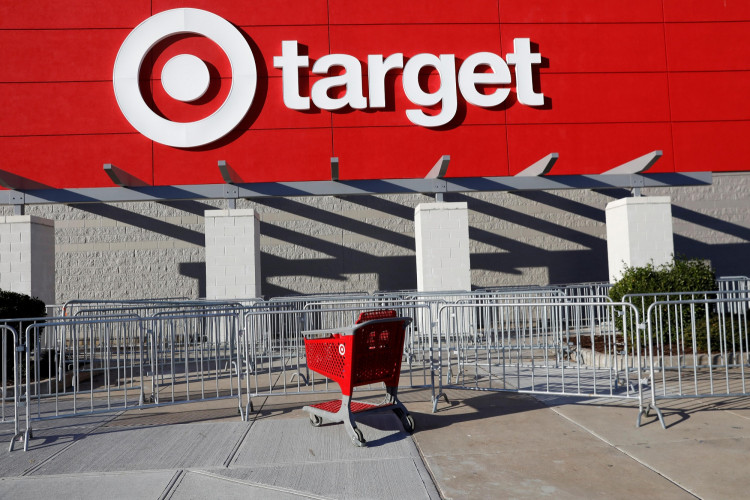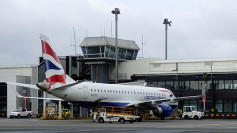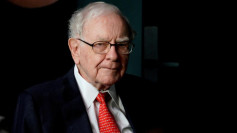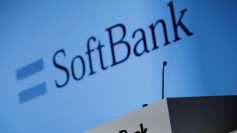Target Corp. issued another sharp warning about consumer spending, cutting its full-year profit outlook and projecting soft holiday sales as inflation-strained households continue shifting purchases toward food and essentials. The Minneapolis-based retailer said Wednesday that it now expects adjusted earnings per share between $7 and $8 for the year, trimming the upper end of prior guidance and signaling weaker-than-expected momentum heading into the final stretch of 2025.
Executives pointed to a backdrop of elevated prices in food, healthcare and housing, which they say has reshaped consumer priorities across Target's stores. "Guests are choiceful, stretching budgets and prioritizing value. They're spending where it matters most, especially in food, essentials, and beauty," Chief Commercial Officer Rick Gomez said on a call with reporters. The company added that shoppers continued to look for discounts in discretionary categories, contributing to lower transactions and muted traffic.
Comparable sales fell 2.7% in the latest quarter, marking the third straight decline and underscoring the broader slowdown in discretionary retail spending. Transactions dropped 2.2% year over year, and while the average transaction amount rose 2.4%, executives said the improvement was not enough to offset weaker volume. Digital comparable sales increased 2.4%, boosted by more than 35% growth in same-day delivery.
Incoming CEO Michael Fiddelke-set to take the helm on Feb. 1-said the company is focused on long-term repositioning rather than near-term forecasts. "We are focused every day on making the right investments and the right decisions to get Target back to growth as quickly as possible," he told reporters. He reiterated that the retailer expects holiday-quarter sales to decline by a low single-digit percentage, consistent with prior guidance.
The company plans to increase capital expenditures by 25% next year to $5 billion, with investments aimed at improving stores, updating operations and widening its use of artificial intelligence. Target highlighted new tools such as Target Trend Brain, a generative AI system designed to help teams identify emerging styles, and synthetic audience models that simulate how customers might respond to product launches or marketing campaigns. The company also announced a new partnership enabling customers to shop Target's app through ChatGPT, allowing multi-item checkout and grocery purchases within the interface.
Target's financial results reflected months of inconsistent consumer behavior. Net sales fell 1.5% to $25.3 billion, and diluted earnings per share declined 3.9% to $1.78. Analysts expected $1.73. Inventory dropped 2% from a year ago, and the retailer repurchased $152 million in stock with $8.3 billion remaining under existing authorization.
Executives said September represented the sharpest monthly pullback, with sales down 4% year over year, while August and October showed roughly flat activity tied to back-to-school and Halloween. Gomez said the company is adjusting pricing and assortments to match that volatility. Last week, Target cut prices on 3,000 food and household essentials and emphasized holiday items positioned as bargains, including ornaments starting at $1 and candles starting at $5.
Analysts remain skeptical that the company can regain momentum quickly. Bank of America's Robert Ohmes cited broader structural risks facing the retailer, including "slowing digital sales growth, a lack of scale in digital advertising and third-party marketplace, elevated tariff, pricing and merchandising headwinds, and increasing competitive threats from Walmart and Amazon." He added that "Target also has higher tariff exposure vs. Walmart," and suggested merchandising partnership changes could compound challenges.
Fiddelke said the company will continue investing despite the soft backdrop. Target recently cut 1,800 corporate roles-its largest layoff in a decade-and rolled out new merchandise initiatives intended to restore its reputation for exclusive and trend-forward assortments. Gomez said the holiday lineup includes 20,000 new items, more than double last year, with over half available only at Target. "We think the consumer will prioritize what goes under the tree versus what goes on the tree," he said, noting that shoppers made similar trade-offs during Halloween when candy sales outperformed décor.
Shares of Target have fallen about 35% this year and are down about 67% from their 2021 peak, as persistent margin pressure and traffic declines continue to weigh on investor confidence.






